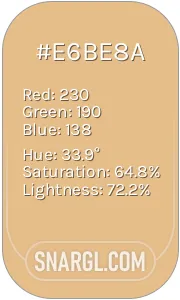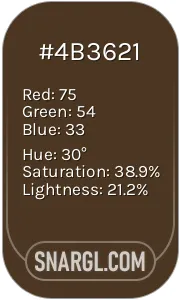
Vivid burgundy
What color is Vivid burgundy?
Vivid burgundy is a color name that describes a medium dark shade of pink-red.
The hexadecimal color code for vivid burgundy is #9F1D35, which means it is composed of 62.35% red, 11.37% green and 20.78% blue in the RGB color model.
In the CMYK color model, which is used for printing, vivid burgundy has 0% cyan, 82% magenta, 67% yellow and 38% black.
Vivid burgundy has a hue angle of 348.9 degrees, a saturation of 69.1% and a lightness of 36.9% in the HSL color space.
It is a rich and elegant color that can create a dramatic effect when used in design or fashion.
Vivid burgundy is a color that can be seen in many places and things in nature and in human-made objects.
Also it is one of the official colors of the University of Washington, which is located in Seattle, Washington, USA.
It is a color that can inspire, impress and express.
Example of the palette with the Vivid burgundy color

See these colors in NCS, PANTONE, RAL palettes...
Example of the palette with the Vivid burgundy color

See these colors in NCS, PANTONE, RAL palettes...
Example of the palette with the Vivid burgundy color

See these colors in NCS, PANTONE, RAL palettes...
What looks best in Vivid burgundy?
Example of the palette with the Vivid burgundy color

See these colors in NCS, PANTONE, RAL palettes...











 Vivid burgundy
Vivid burgundy Dark jungle green
Dark jungle green Pale gold
Pale gold Royal fuchsia
Royal fuchsia Indigo
Indigo Dark sienna
Dark sienna Nadeshiko pink
Nadeshiko pink Rose gold
Rose gold Light Thulian pink
Light Thulian pink Desert sand
Desert sand Aureolin
Aureolin Shocking pink
Shocking pink Cadet
Cadet




 Glitter
Glitter Cafe noir
Cafe noir Antique brass
Antique brass Smoky black
Smoky black







